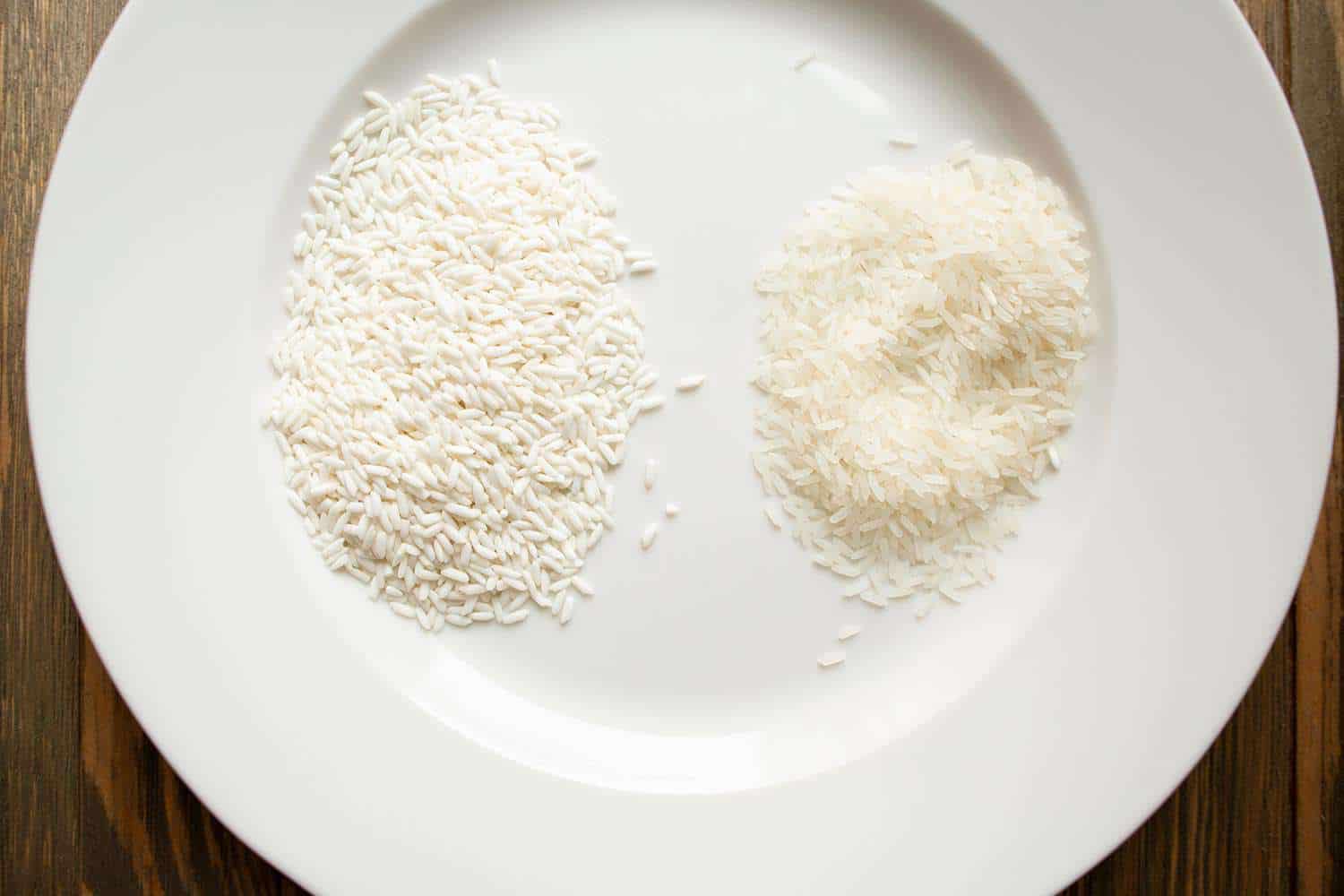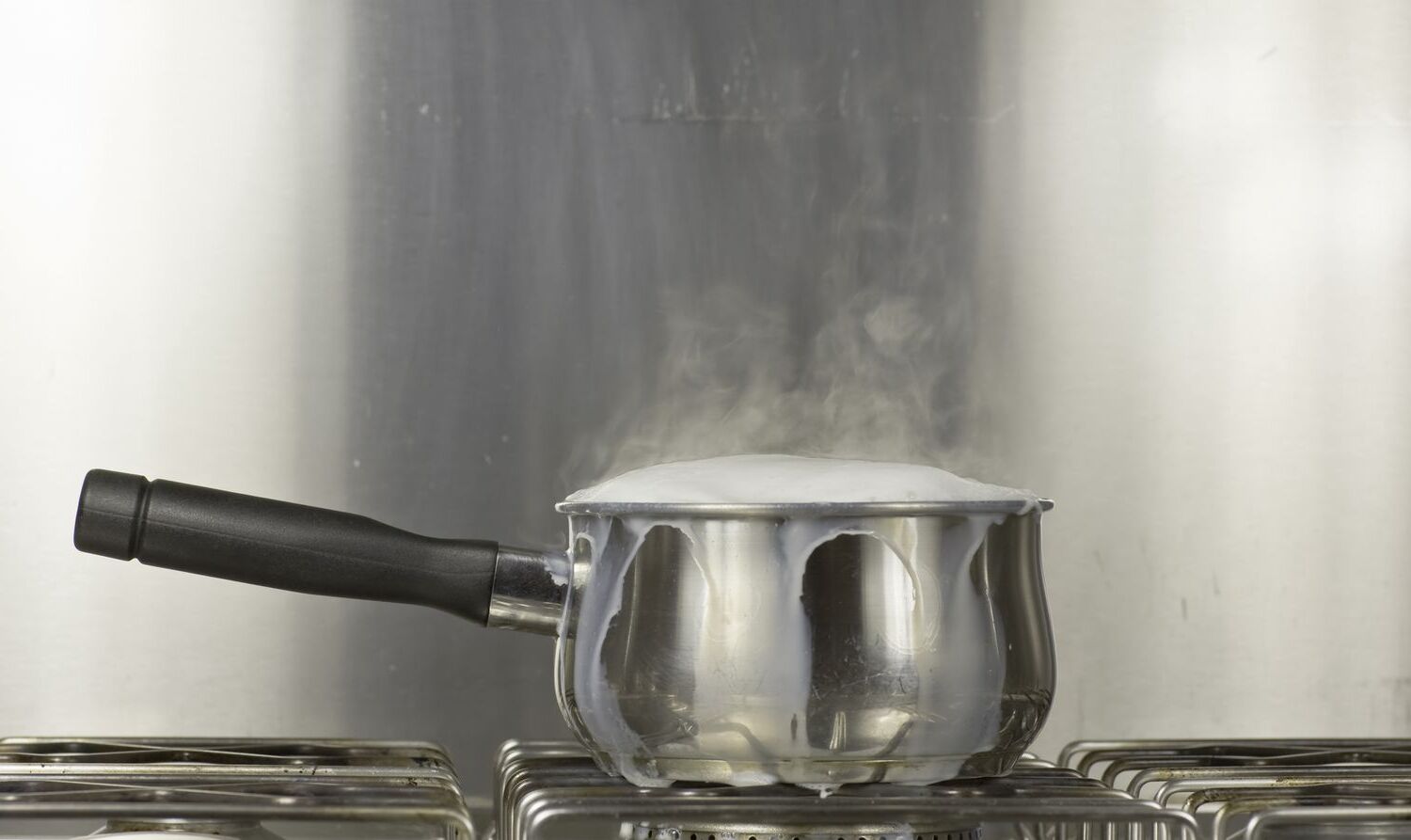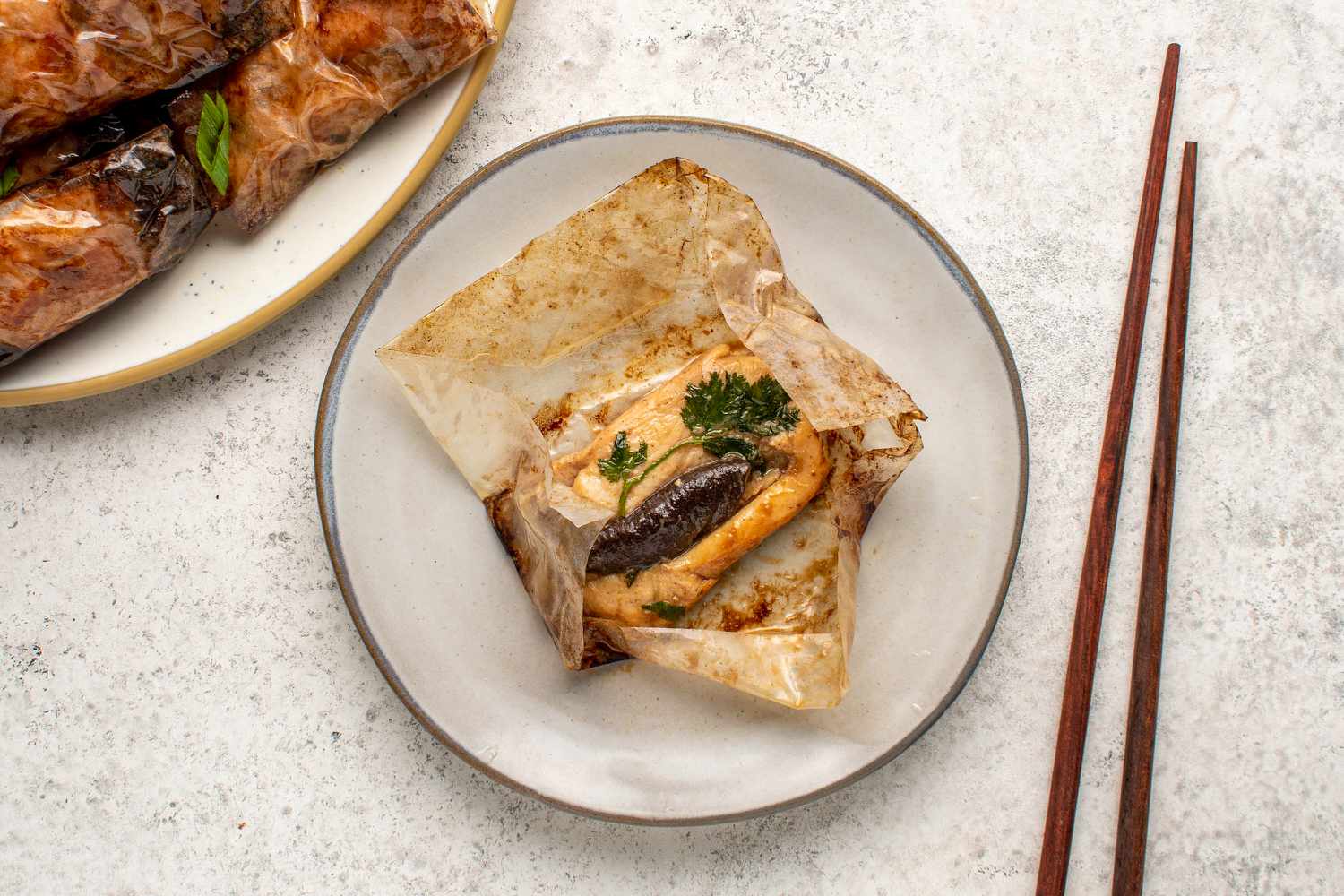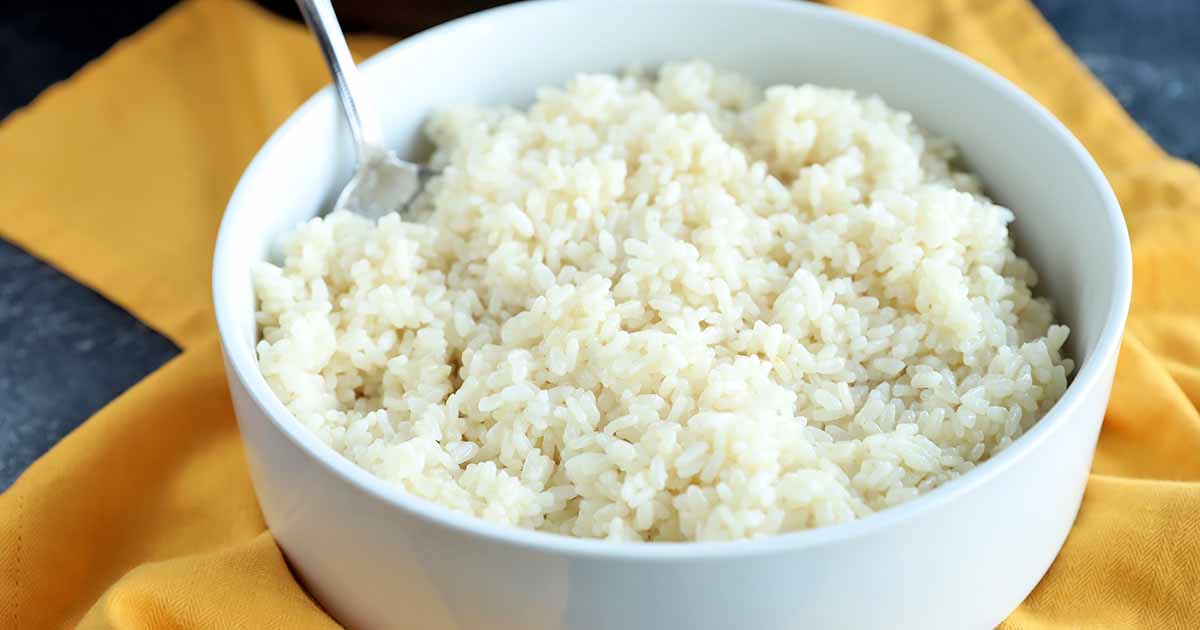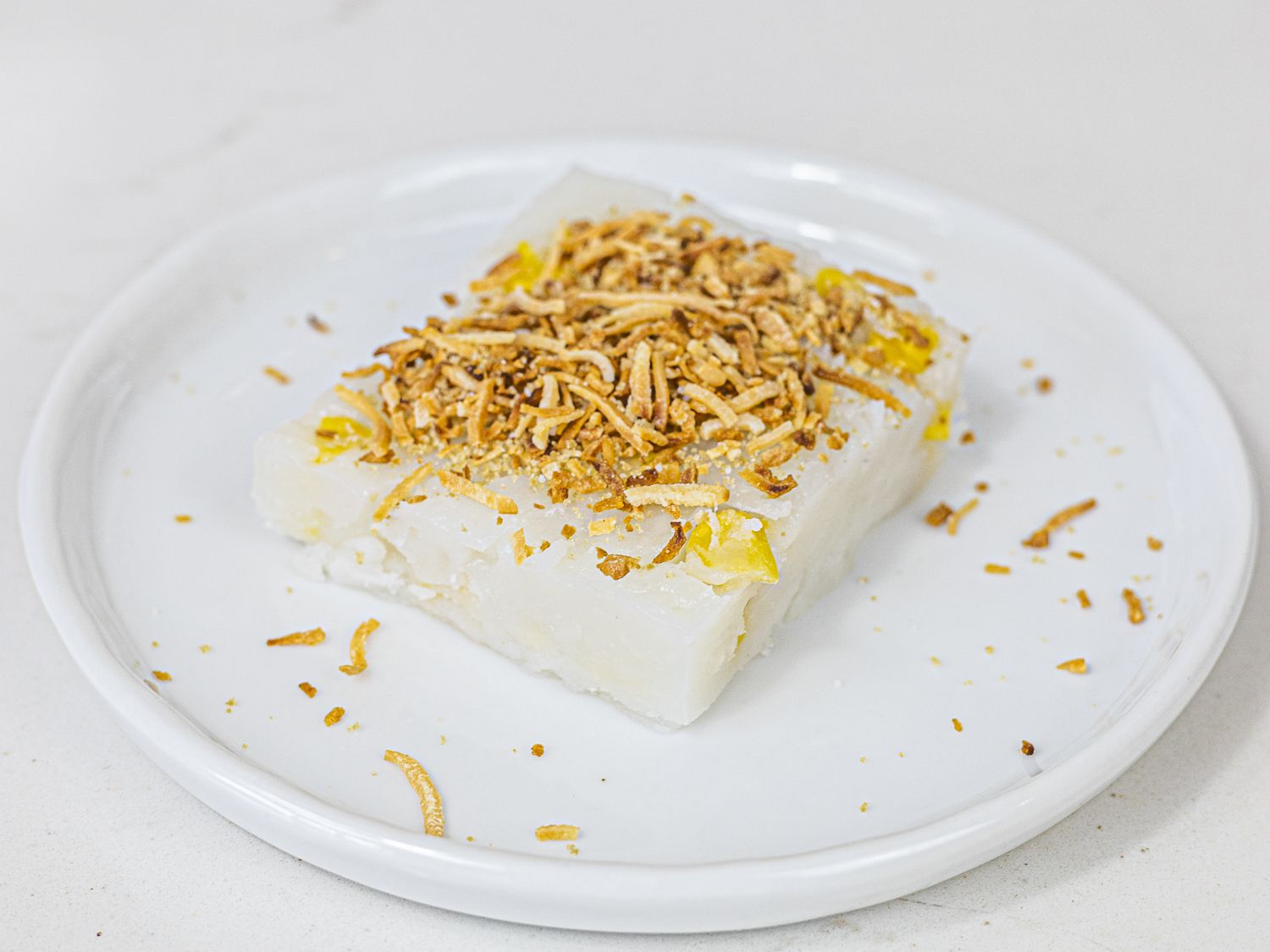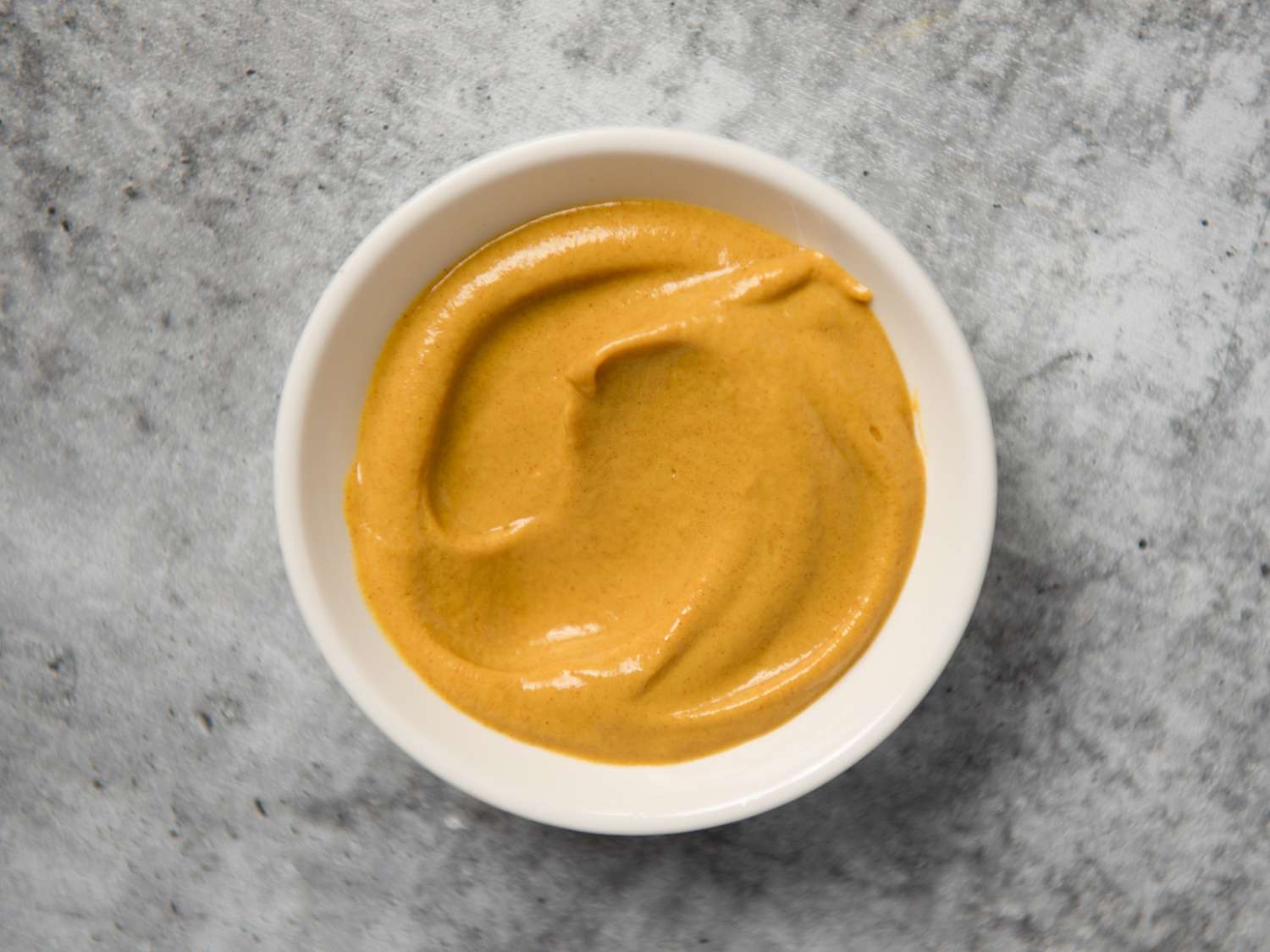Discovering the Delight of Perpetual Stew
Have you ever heard of perpetual stew? It’s a fascinating concept that has been around for centuries and continues to intrigue food enthusiasts today. Perpetual stew, also known as “hunter’s pot” or “hunter’s stew,” is a traditional cooking method that involves simmering a large pot of stew continuously over a low heat, allowing it to develop rich flavors over time. This unique cooking technique has been embraced by various cultures and has a rich history that adds to its allure.
The Origins of Perpetual Stew
The concept of perpetual stew dates back to medieval times when it was commonly prepared in European monasteries and castles. The stew would be kept simmering in a cauldron over an open fire, and ingredients such as meat, vegetables, and herbs would be added as needed. This allowed the stew to be continuously replenished and enjoyed by residents and guests over an extended period.
Over time, perpetual stew became a staple in many households, particularly among hunters and travelers who needed a hearty and long-lasting meal during their journeys. The tradition of perpetual stew has been passed down through generations, and its enduring appeal has made it a beloved culinary tradition in various parts of the world.
The Art of Perpetual Stew
Creating a perpetual stew is a true art form that requires patience, attention to detail, and a deep understanding of flavors. The key to a successful perpetual stew lies in the slow and steady simmering process, which allows the ingredients to meld together and develop complex, savory notes.
The essential components of a perpetual stew include:
- Meat: Typically tougher cuts such as beef or lamb, which benefit from long, slow cooking.
- Vegetables: Root vegetables like carrots, potatoes, and onions are commonly used to add depth and heartiness to the stew.
- Broth: A rich, flavorful broth serves as the base of the stew, infusing it with robust taste.
- Herbs and Seasonings: Aromatic herbs and spices enhance the overall flavor profile of the stew.
As the stew simmers, the flavors intensify, resulting in a comforting and satisfying dish that only gets better with time.
The Appeal of Perpetual Stew
What makes perpetual stew so appealing is its ability to provide nourishment and warmth throughout an extended period. It’s a practical and economical way to feed a household or a community, as the stew can be continuously replenished with fresh ingredients, ensuring that there is always a hearty meal ready to be enjoyed.
Moreover, perpetual stew embodies the spirit of resourcefulness and sustainability, as it minimizes food waste by utilizing leftover ingredients and allowing them to be repurposed in a delicious and practical manner.
Embracing a Time-Honored Tradition
While the concept of perpetual stew may seem unconventional in today’s fast-paced culinary world, its enduring legacy and timeless appeal continue to captivate those who appreciate the art of slow cooking and the comfort of a nourishing, flavorsome meal.
Whether you’re intrigued by its historical significance, drawn to its practicality, or simply curious about its flavors, perpetual stew offers a unique and enriching culinary experience that celebrates tradition, ingenuity, and the joy of savoring a meal that has been lovingly crafted over time.
So, why not embrace the tradition of perpetual stew and embark on a culinary journey that honors the art of slow cooking and the pleasures of savoring a dish that only gets better with each passing day?
Was this page helpful?
Read Next: What Is Panipopo?
